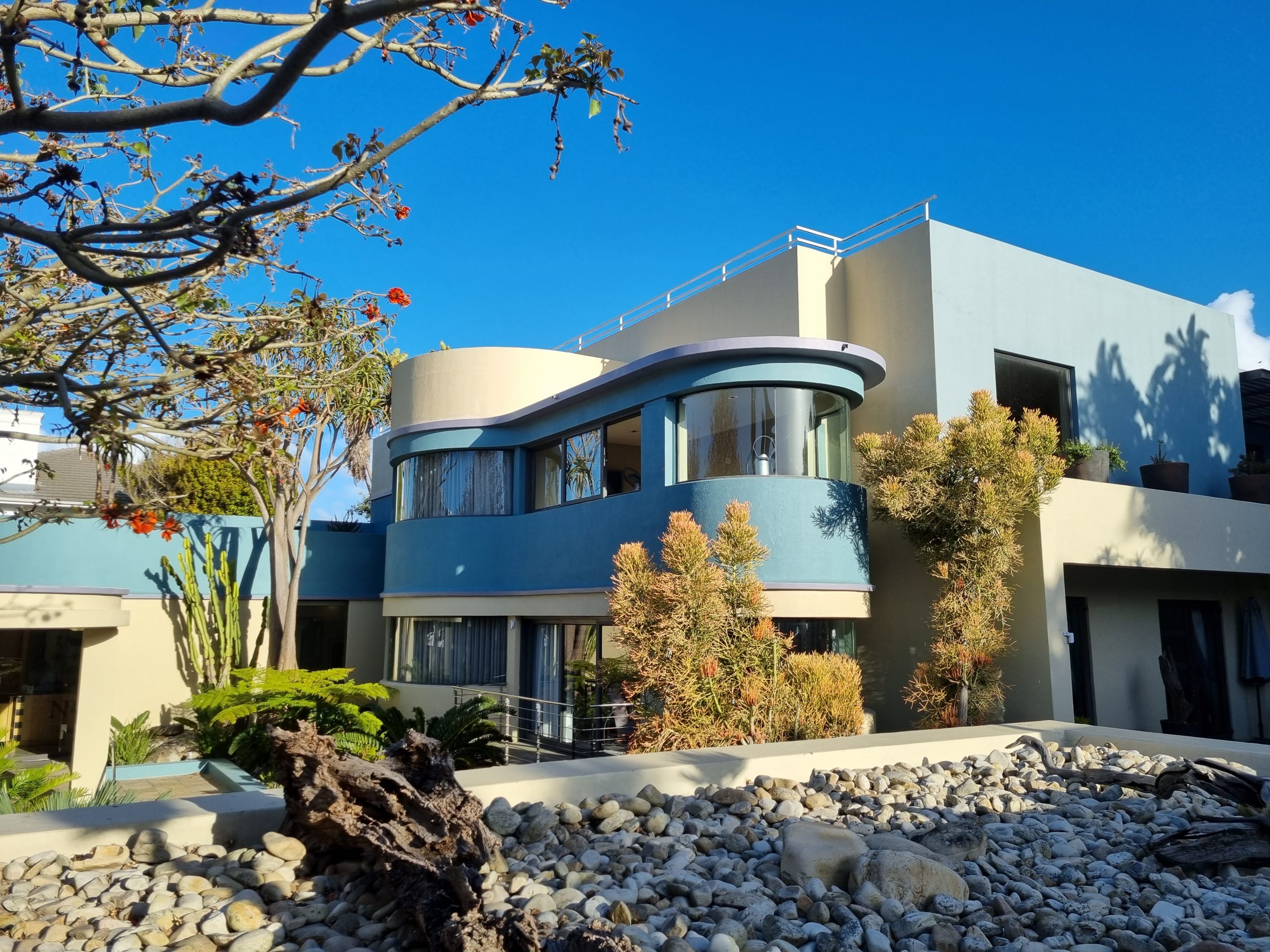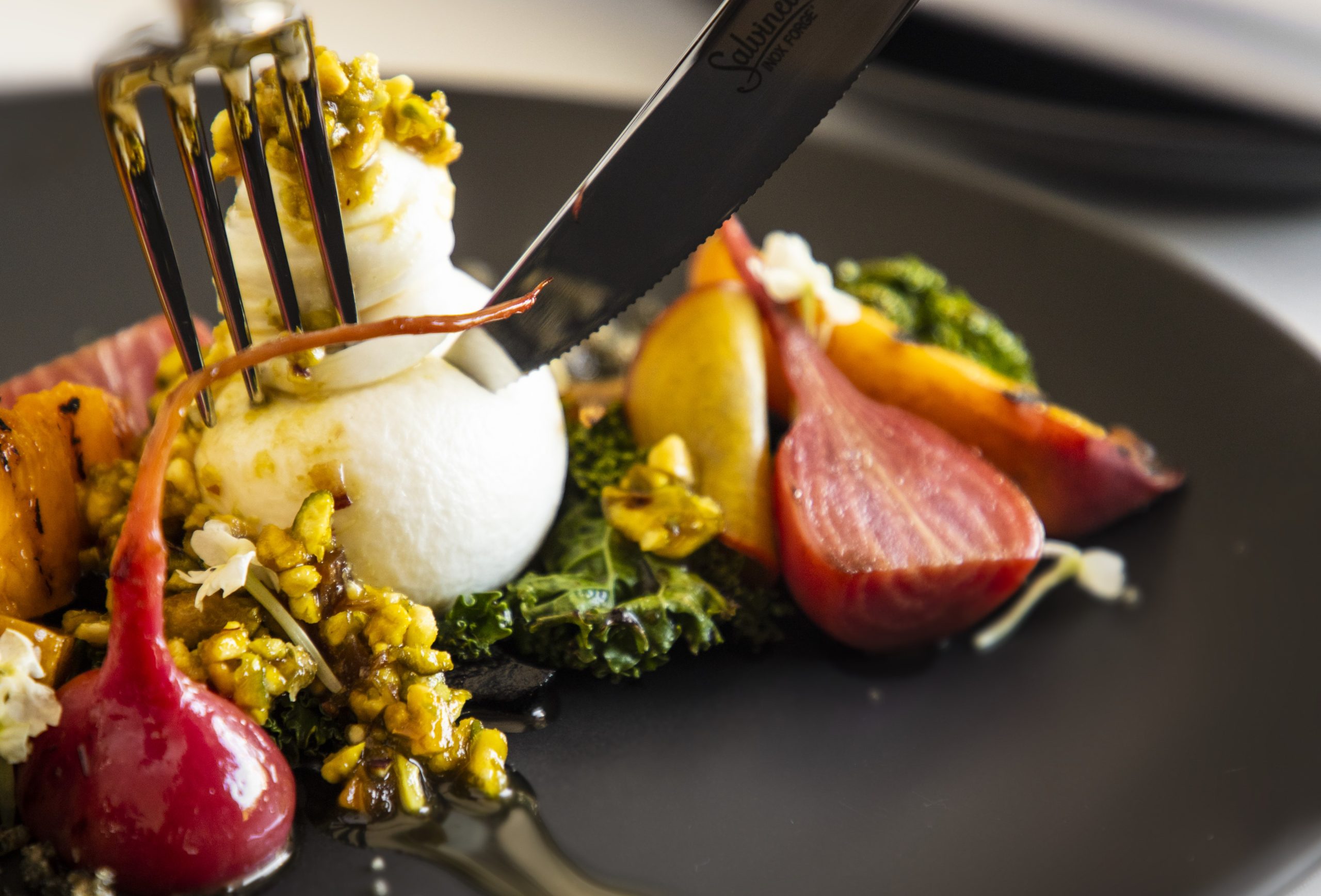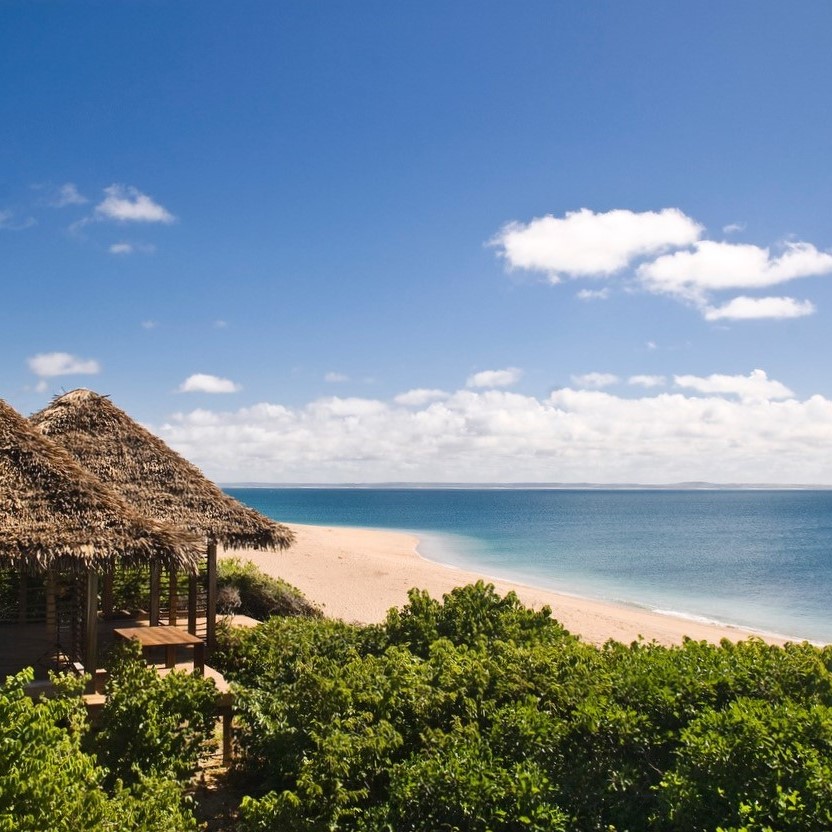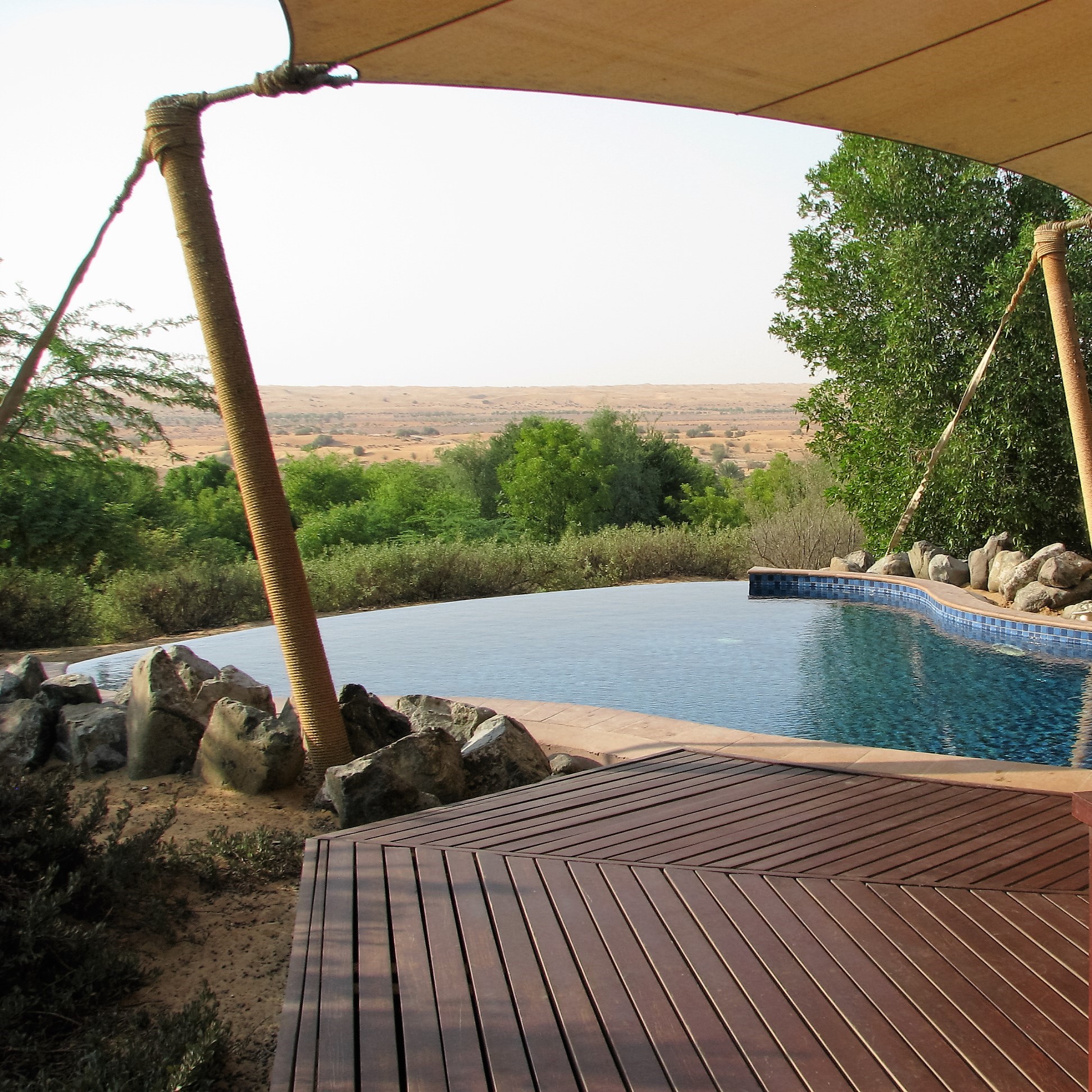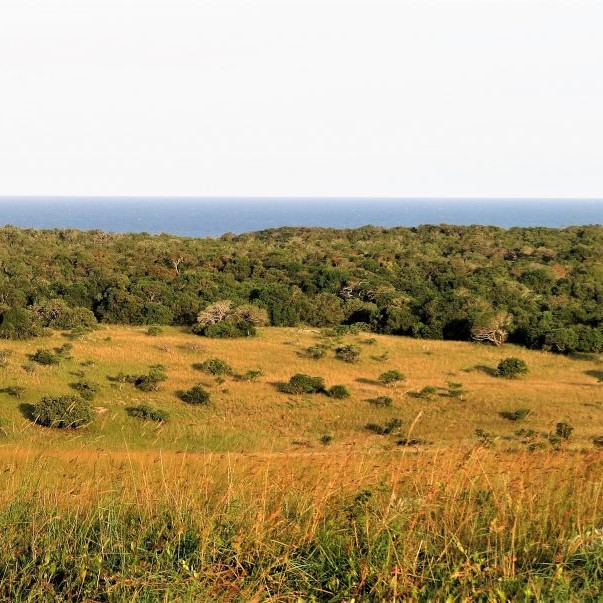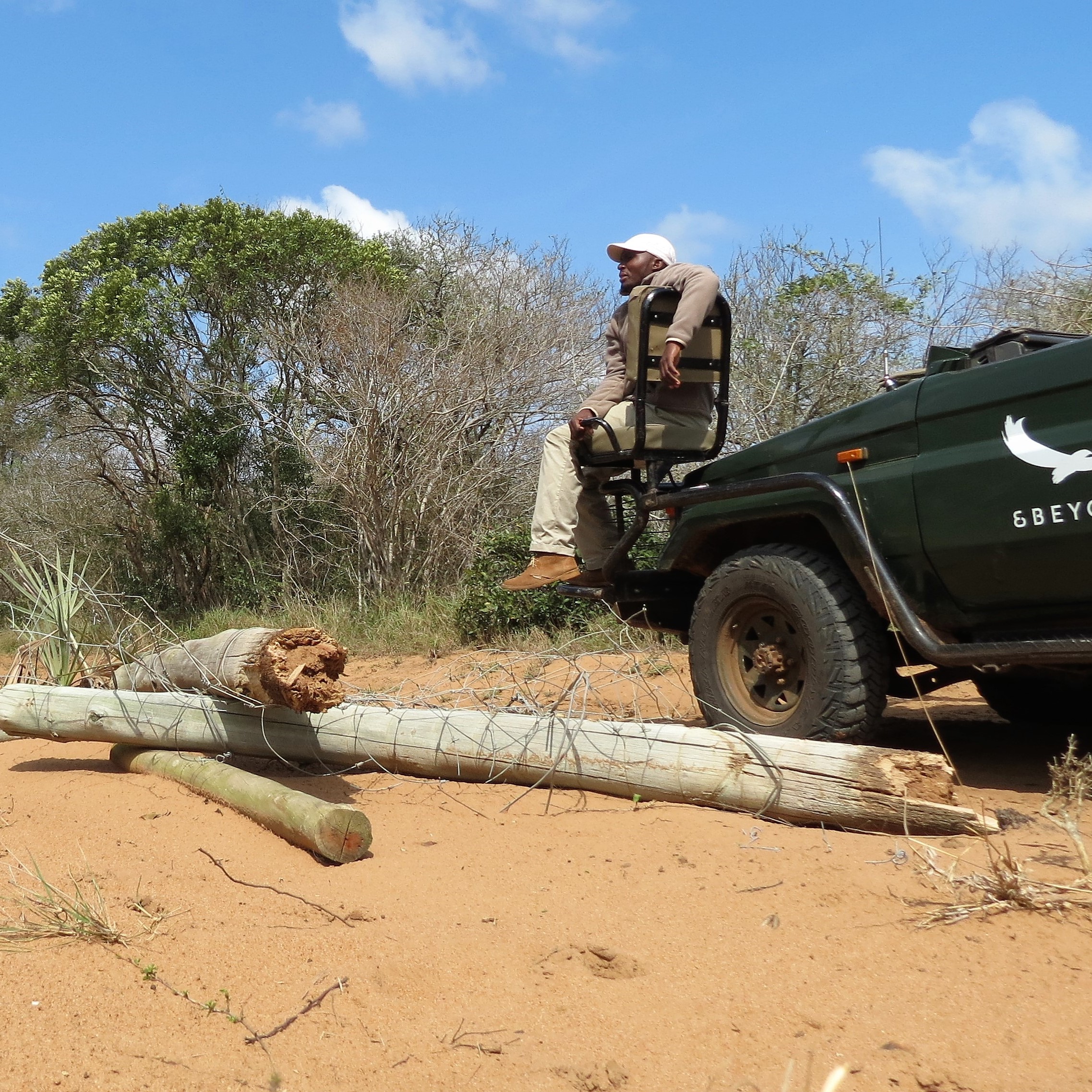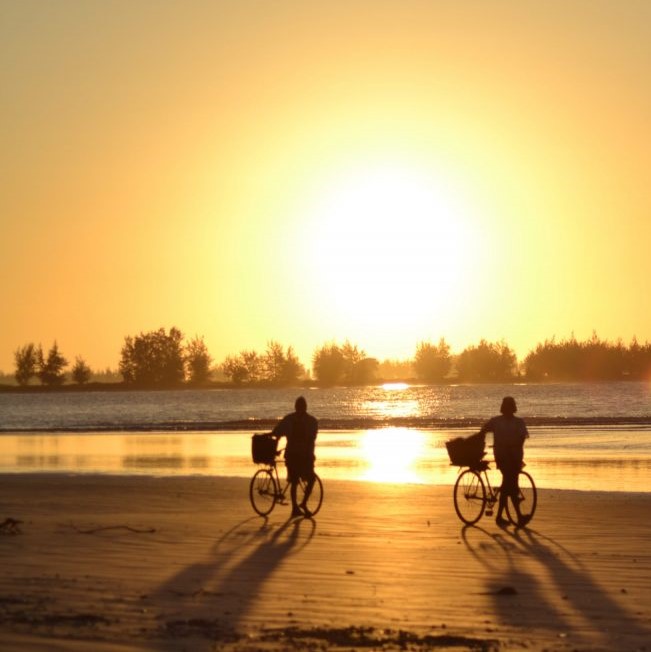My first glimpse of Maputo was from the air, the red earth punctuated with occasional glistening rooftops, the new metal surprisingly untarnished. Reflecting what Maputo and indeed much of Moçambique is like – a war-torn country that has survived both a war of independence and a civil war that is now securing investment and showing many signs of new development.

And despite their history and the hardships faced, the people are incredibly friendly, wonderfully gracious and delightfully welcoming to visitors.
Maputo, formerly known as Lourenco Marques, is the capital and largest city of Moçambique, a port city with its economy centered around the harbour. Coal, cotton, cashews, sugar, sisal, copra, and hardwood are the chief exports. Maputo is a melting pot of several cultures, with a strong South African influence.
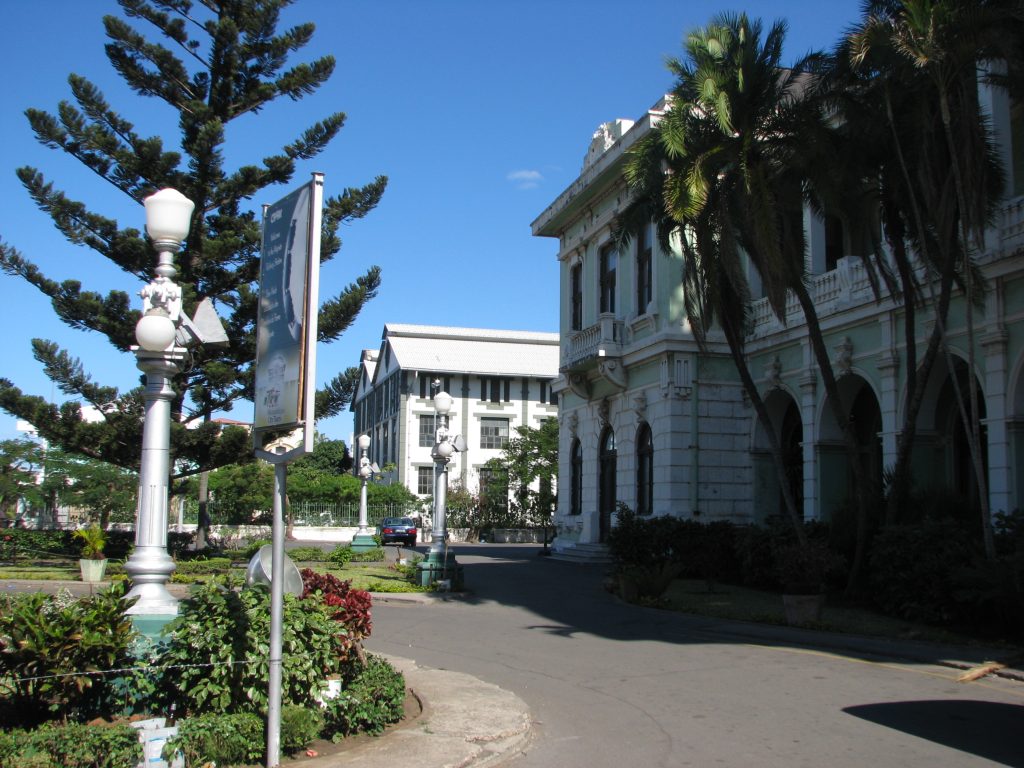
The cuisine is diverse, owing especially to the Portuguese and Muslim heritage, and seafood is also quite abundant. People are generally out and about in the streets, walking, driving and getting on with life.
The vibe is healthy and active, with lots of street vendors and markets. African fabrics both batik fabric and woven are found in abundance, as are t-shirts and a variety of other clothing.

There as are cashews almost everywhere, roasted, salted, plain, any which way you choose – by the tog-bag or packet full, and generally always well priced.
A visit to the main market is a must, with a variety of seafood from prawns to scallops and a variety of fish as well as vegetables in every colour an shape imaginable – turnips and endives, radishes and frilly lettuce, beautiful aubergines, glossy green peppers and juicy red tomatoes!
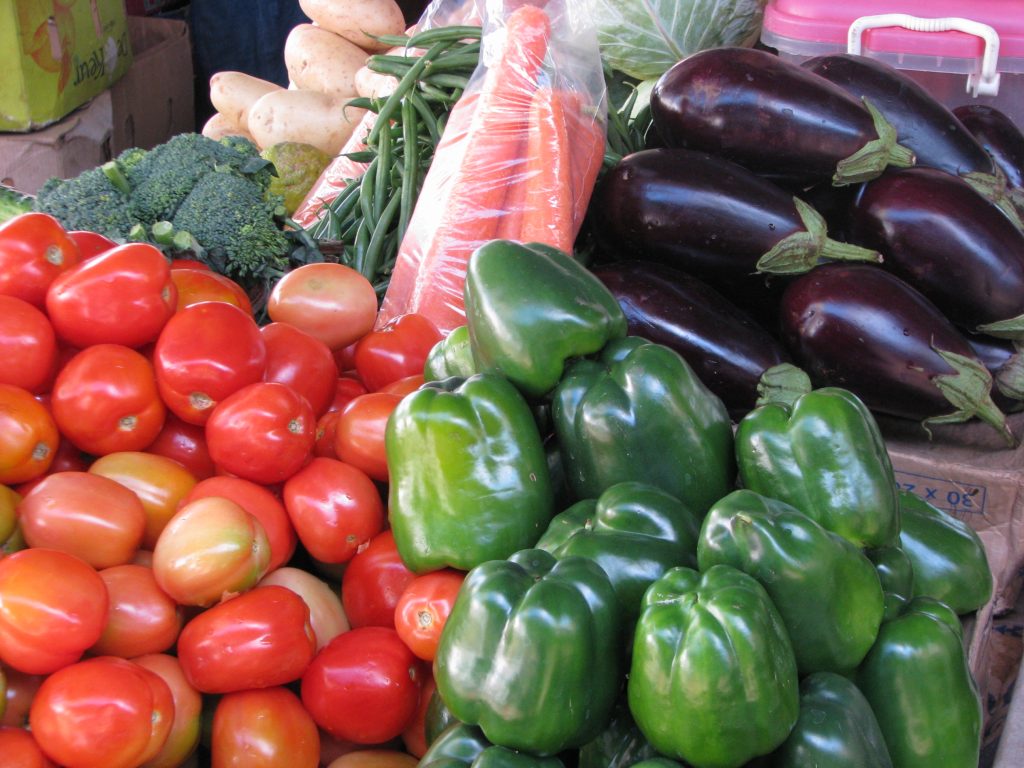
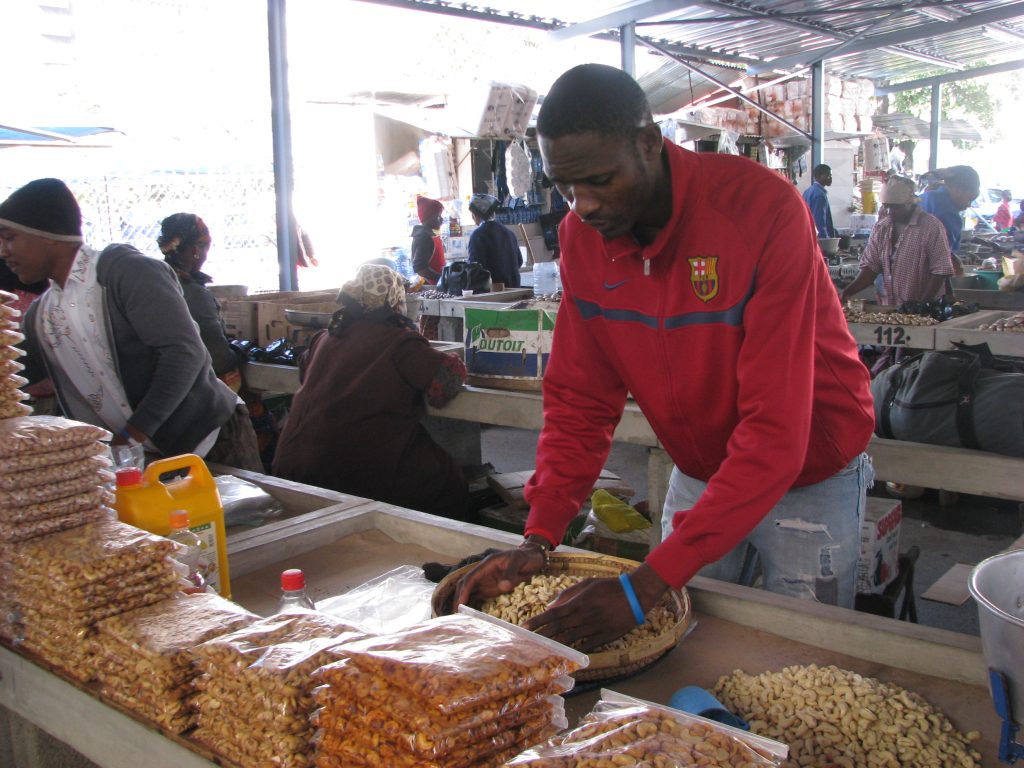
Absolutely anything and everything seemed to be for sale here, from hair extensions to bird cages and basket stalls to a butchery. This is where the locals shop, and it’s a feast for the senses and a delight for the photographer.
The more ‘touristy’ markets also have wood carvings, boxes and picture frames – but just watch out, I was proudly offered a wooden picture frame inlaid with ivory – the curio vendor didn’t seem to understand my caution about him selling poached ivory.
A guided city tour is a great way to get the lay of the city and an understanding of its history – tours can be booked at most hotels. ‘Tuk-Tuks’ are also a great way to see the city and the driver’s are typically fluent in English as they offer their services as tour guides to the passengers of visiting cruise liners.
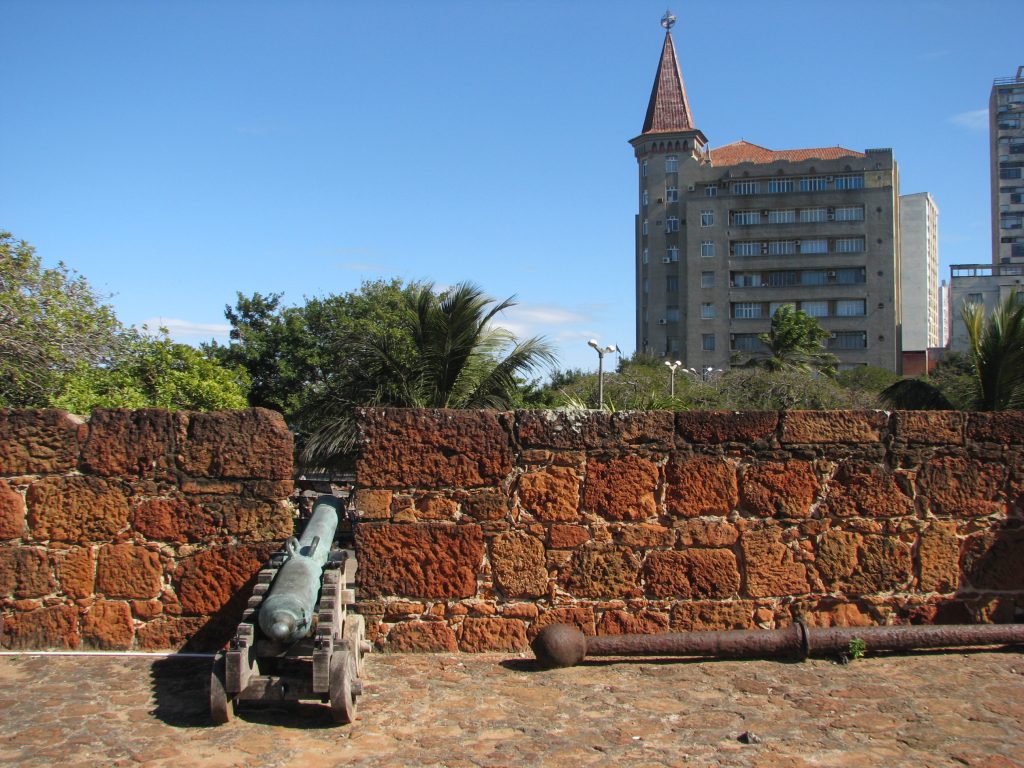
Many of Maputo’s buildings are somewhat tired with badly eroded paint and the evidence of war, but there are enough charming old colonial palaces, lush gardens and hidden gems for those who care to look – a delightful city, one that deserves more than just a few hours in the airport lounge.

Getting there
Most international flights to/from Moçambique use Maputo’s airport, including direct flights from Johannesburg and Durban. The highway from Johannesburg to Maputo is very good, and makes a self drive a relatively easy option (600km) but make sure you have your car registration papers (or good facsimile thereof) as these are required to get a car past the border.
From Durban, Maputo is 600 km away and best approached via the Golele border post into Swaziland then into Mozambique at the Goba border post.
I was hosted by the grand old dame the Polana Serena Hotel.
All pics © Responsible Traveller

